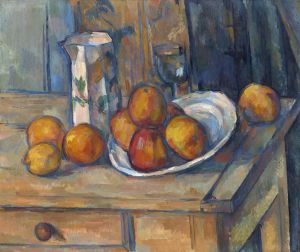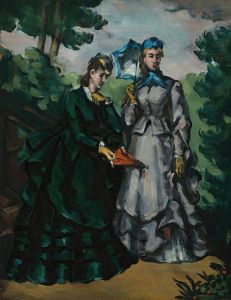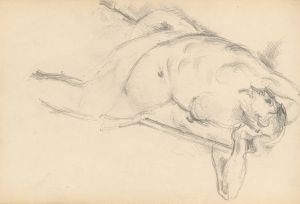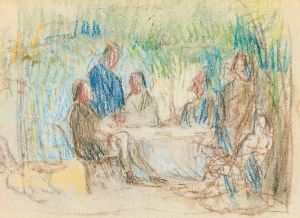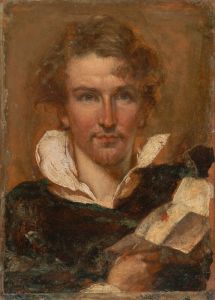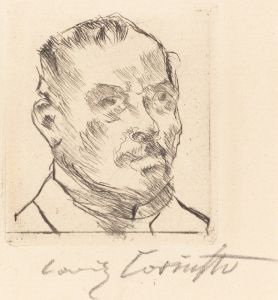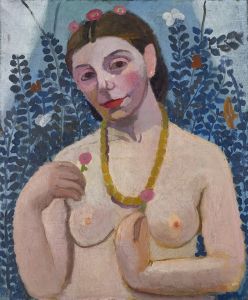
Self-Portrait
A hand-painted replica of Paul Cézanne’s masterpiece Self-Portrait, meticulously crafted by professional artists to capture the true essence of the original. Each piece is created with museum-quality canvas and rare mineral pigments, carefully painted by experienced artists with delicate brushstrokes and rich, layered colors to perfectly recreate the texture of the original artwork. Unlike machine-printed reproductions, this hand-painted version brings the painting to life, infused with the artist’s emotions and skill in every stroke. Whether for personal collection or home decoration, it instantly elevates the artistic atmosphere of any space.
Paul Cézanne's "Self-Portrait" is a notable work by the French Post-Impressionist painter, who is often credited with bridging the gap between Impressionism and the early stages of Cubism. Cézanne, born on January 19, 1839, in Aix-en-Provence, France, was a pivotal figure in the transition from 19th-century artistic concepts to a radically different world of art in the 20th century. His self-portraits, including this one, offer a glimpse into his introspective nature and his evolving style.
Cézanne's self-portraits are significant not only for their artistic merit but also for what they reveal about the artist's self-perception and his approach to painting. In "Self-Portrait," Cézanne employs his characteristic brushwork, which is both deliberate and expressive. His use of color is subtle yet complex, with a palette that often includes muted tones and earthy hues. This particular self-portrait is believed to have been painted in the late 19th century, a period when Cézanne was refining his technique and exploring new ways of representing form and space.
The composition of the self-portrait is straightforward, focusing primarily on the artist's face and upper body. Cézanne's gaze is direct, engaging the viewer with an intensity that suggests both confidence and introspection. The background is typically understated, allowing the viewer to concentrate on the artist's features and the nuances of his expression. This simplicity in composition is a hallmark of Cézanne's work, reflecting his belief in the importance of form and structure over decorative detail.
Cézanne's approach to self-portraiture was influenced by his desire to capture the essence of his subjects through a careful study of their underlying forms. He often painted himself with a sense of detachment, as if he were observing another person rather than his own reflection. This objectivity is evident in the way he handles light and shadow, using them to model the planes of his face and create a sense of volume and depth.
Throughout his career, Cézanne produced numerous self-portraits, each reflecting different aspects of his personality and artistic development. These works are invaluable for understanding his progression as an artist and his contributions to the art world. Cézanne's self-portraits are not merely representations of his physical appearance; they are explorations of his identity and his role as an artist.
Cézanne's influence on modern art cannot be overstated. His innovative use of color, brushwork, and composition laid the groundwork for the development of Cubism and other modernist movements. Artists such as Pablo Picasso and Henri Matisse have cited Cézanne as a major influence on their work, acknowledging his role in shaping the direction of 20th-century art.
In summary, Paul Cézanne's "Self-Portrait" is a testament to his skill as a painter and his introspective nature. Through his self-portraits, Cézanne not only captured his own likeness but also pushed the boundaries of traditional portraiture, paving the way for future generations of artists. His work remains a cornerstone of art history, celebrated for its innovation and enduring impact.







